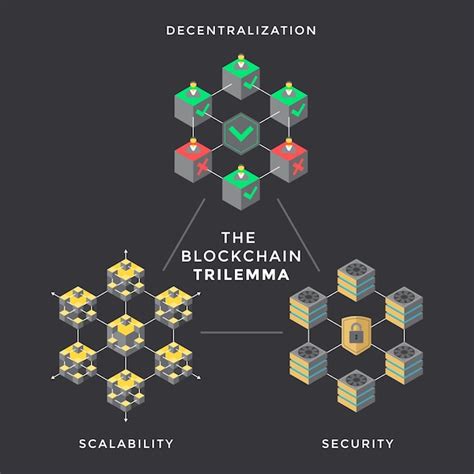Here is a comprehensive article on “Crypto”, “Coin” and “Airdrop”, focusing on “Blockchain Scalability”:
Title: Expanding Crypto Ecosystems Through Innovative Airdrops and Blockchains: Upending the Blockchain Landscape
The cryptocurrency space has seen tremendous growth over the past decade, and various projects and initiatives have emerged to capitalize on this trend. The foundation of everything is blockchain technology, which enables secure, transparent and decentralized transactions. However, as the ecosystem continues to expand, several challenges arise that need to be addressed. In this article, we will explore how innovative airdrops and blockchains can help solve these scalability issues.
The Need for Scalability
One of the main concerns with blockchain technology is its limited scalability. As more users join the network, the transaction processing capacity decreases, leading to congestion, slow transaction times and increased fees. This has significant implications for decentralized applications (dApps) that leverage blockchain capabilities.
Airdrops: A Solution to Scalability Problems
Airdrops have emerged as a game-changer in addressing scalability problems. They are cryptocurrency tokens randomly distributed by experienced users or organizations to new wallets, projects, or communities. By doing so, airdrop holders can benefit from new coins without having to purchase them.
In the context of blockchain technology, airdrops offer several advantages:
- Efficient Allocation: Airdrops streamline the process of allocating new cryptocurrencies to users or projects, reducing the need for intermediaries and increasing transparency.
- Cost-effective: Airdrop holders do not have to pay fees or transaction costs to participate, making it an attractive option for early adopters or small investors.
- Reduced congestion

: By introducing new coins without creating a massive influx of tokens into circulation, airdrops help mitigate the negative effects of high network congestion.
Blockchain Scalability Solutions
Several blockchain projects have implemented innovative solutions to address scalability issues:
- Polkadot (DOT): Polkadot’s scalability solution enables seamless interaction between different blockchains, allowing them to communicate with each other over a shared network. This makes it easier to move assets between chains, reducing congestion and increasing overall transaction capacity.
- Cosmos (ATOM): Cosmos’ Tendermint consensus algorithm offers an efficient and scalable architecture for decentralized applications. Using a combination of Proof-of-Stake (PoS) and Proof-of-Work (PoW), Cosmos ensures network stability even under heavy traffic conditions.
- Ethereum 2.0
: Ethereum’s upcoming transition to Ethereum 2.0 promises significant scalability improvements with a focus on sharding and parallel processing. This will allow Ethereum to support thousands of transactions per second, making it an attractive platform for decentralized applications.
Conclusion
In conclusion, the growth of the cryptocurrency space has created significant challenges that need to be addressed through innovative solutions such as airdrops and blockchain scalability. Using these approaches, developers can create more efficient, scalable, and user-friendly ecosystems that support the widespread adoption of digital assets. As we continue to navigate the complexity of the crypto ecosystem, it is clear that blockchain scalability will continue to be a critical aspect of its future growth.
Recommended reading:
- Cryptocurrency Insights “Blockchain Scalability Solutions for Real-World Applications”
- Blockchain Today “Airdrop Strategies for DeFi and NFT Projects”.
Note. This article is intended as educational content and not as investment advice.